It’s human nature to promise great things. We do it all the time often without even noticing. We attach service offerings to idealised and emotional concepts that stretch far beyond the tangible. What does mean for how we communicate strategy?
I heard an interesting explanation for this in the latest Freakonomics Podcast episode from Danny Kahneman, one of the founding fathers of modern behavioural economics:
“If you realistically present to people what can be achieved in solving a problem, they will find that completely uninteresting. You have to over-promise in order to get anything done.”
There has been a resurgence of interest in Kahneman’s field – Behavioural Economics since Richard Thaler, co-author of “Nudge” recently won the 2017 Economics Nobel Prize.
Thaler and Sunstein, in parallel to David Halpern and his colleagues at the Behavioural Insights Team in the UK, did some of the foundational work in translating psychological insights about our behaviour into useful public policy interventions.
This work is now being put to promising use in the new “Behaviour Change for Good Initiative” run our of UPenn.
Kahneman’s statement above may hold true for ambitious large scale projects but how does that apply to services in daily commercial dealings? I’ve always tried to stick to the maxim that the best way to thrill clients is to-
“Underpromise and overdeliver on every project”
If I went around overpromising and underdelivering, I could reasonably expect to lose clients very quickly and gain a terrible reputation for being full of hot air. But, how do you attract the clients you want without offering something with a unique edge and angle?
Businesses are encouraged to have a unique value proposition (UVP) or point of difference that sets them apart from similar sized competitors in their class. If part of this is great branding and marketing you may be inflating expectations as to what services you can deliver.
A good way to keep things in check and ensure you do great work is to make sure anything you purport to offer are things you know you could execute very well given the opportunity. Edison said it best:
“Vision without execution is just hallucination”
This maxim should always be at the back of the mind when communicating strategy or planning to do so. The Social Value Principles frame this well in a few of their principles:
2. Understand what changes – Articulate how change is created and evaluate this through evidence gathered, recognising positive and negative changes as well as those that are intended and unintended.
4. Only include what is material – Determine what information and evidence must be included in the accounts to give a true and fair picture, such that stakeholders can draw reasonable conclusions about impact.
5. Do not overclaim – Only claim the value that activities are responsible for creating.
In summary, be clear as to what change you are making as well as how and why you are making these changes. Include what is material and relevant to change and do not go beyond and overclaim or overstate the impact your are having due to your work.
Communicate openly, regularly and transparently with your clients and key stakeholders. Be reliable enough that your clients can easily predict when you will next touch base with them and what you will likely update them on.


